How to Find Out If Land Has a Producing Well
To find out if your land has a water, gas or oil well, you need to research all historical and current documentation on the area as well as performing a physical investigation of the actual property.

Things You Will Need
- Water, gas, and oil well records
- Water, gas, and oil well maps
- Building permits
- Old land deeds
- Property surveys
- Land transfer documents
- Old fire insurance plans
- Aerial photographs
- Local references on well sites
- Non-invasive geophysical surveys
This research includes consulting a geophysicist to conduct non-invasive survey to detect water, gas, and oil wells below the earth's surface, and soliciting oral histories from long time residents who boader your land about local well development.
-
Search the Public Land Survey System (PLSS) at the National Atlas of the United States online for a legal land description complete with all water, oil, and gas well records as designated within each state and county.
-
Search the United States Geological Survey (USGS) at for water, gas, and oil well maps on or near your land, listed by state and county.
-
Search municipal and township offices and local libraries for documentation that may give further clues as to the location of producing wells such as: building permits, old land deeds, property surveys, land transfer documents, as well as both current and historical aerial photographs.
-
Walk your entire property and investigate for likely places that a well may exist such as: residences, dwellings, barns, livestock feeding sites and fields with irrigation as well sites are likely to be located close to the area of intended use.
-
Draw a sketch on a map of the property identifying all potential well sites which include: abandoned houses, windmill sites, outbuildings, pump houses, barns, old foundations, piles of wood or other debris, silos, feeding pens, watering troughs, .
-
Physically check all uncultivated areas such as grassy or treed areas near actively cropped areas as it may be an old water, gas, or oil well site.
-
Look for evidence and debris of an old well such as: old hand pumps; piles or rock and clay; steel casings, electrical switch boxes; pump motors; rings of concrete, bricks, or wood; buried piping as evidenced by pipes sticking up out of the ground; abnormal depressions in the ground; or aquatic vegetation.
-
Consult a geophysicist to perform three non-invasive geophysical surveys; an electromagnetic survey, and a magnetic and ground penetrating radar survey, to locate oil and gas deposits beneath the earth's surface which indicate the presence of a oil or gas producing well, without having to excavate.
-
Talk to long time neighbors that border your land for oral histories of preexisting wells that may not be documented.

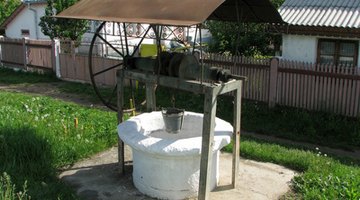
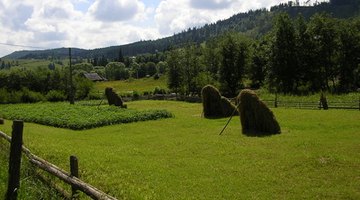
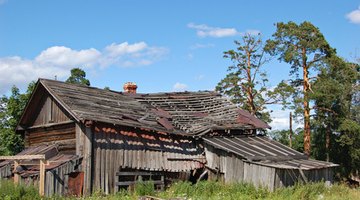
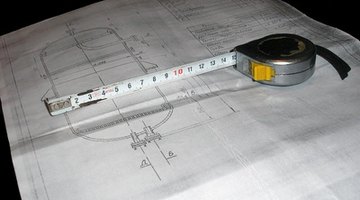

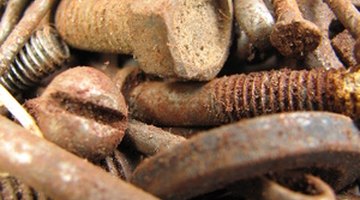


Tip
A lack of vegetation and/or tar like deposits may indicate an old oil or gas well as these wells can leak methane or salty, sulphurous water that kills plants.
Warning
Be careful around old well sites as the material and debris may collapse.
References
Resources
Tips
- A lack of vegetation and/or tar like deposits may indicate an old oil or gas well as these wells can leak methane or salty, sulphurous water that kills plants.
Warnings
- Be careful around old well sites as the material and debris may collapse.
Writer Bio
Tracy Stefan began writing professionally in 2007, with work appearing on various websites. She earned a Bachelor of Arts in creative writing and performing arts from the Evergreen State College. Stefan is also a graduate of Dell'Arte.
Photo Credits
- old water pump image by Michael Shake from Fotolia.com
- old water pump image by Michael Shake from Fotolia.com
- globe image by Anatoly Tiplyashin from Fotolia.com
- Water well, Romania image by Oren Sarid from Fotolia.com
- agricultural land image by Kostyantyn Ivanyshen from Fotolia.com
- collapsing farmhouse image by Adrian Hillman from Fotolia.com
- drawing image by Oleg Verbitsky from Fotolia.com
- dry grass on a meadow image by Maria Brzostowska from Fotolia.com
- rusty bolt pile image by Dmitri MIkitenko from Fotolia.com
- survey equipment image by Greg Pickens from Fotolia.com
- houses high street broadway cotswolds worcestershi image by david hughes from Fotolia.com
More Articles



